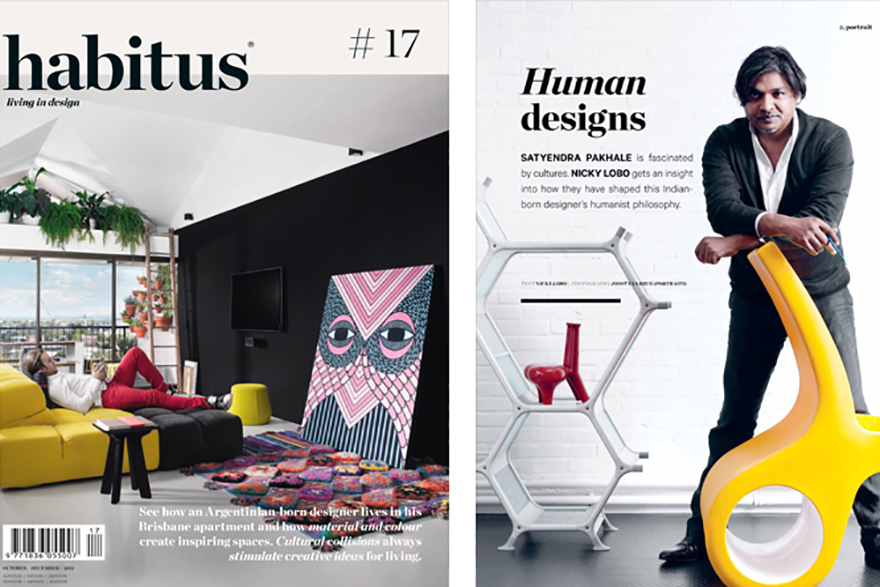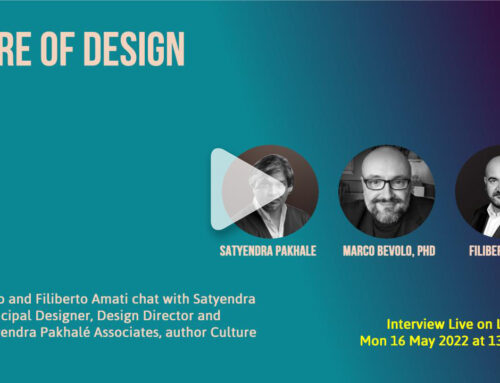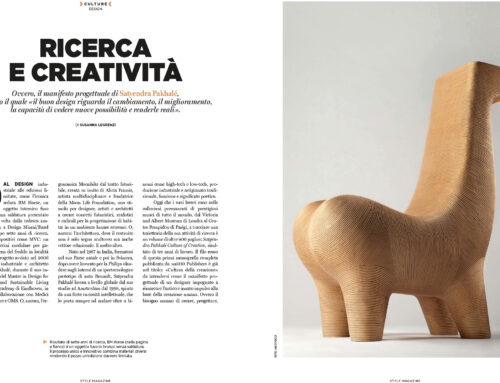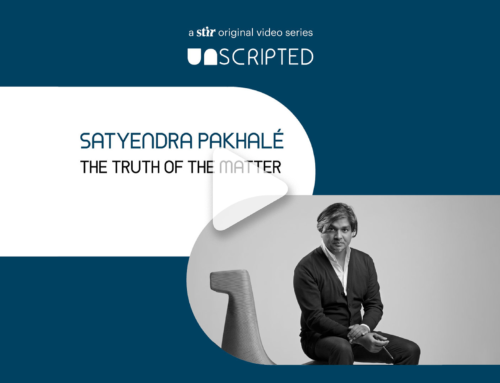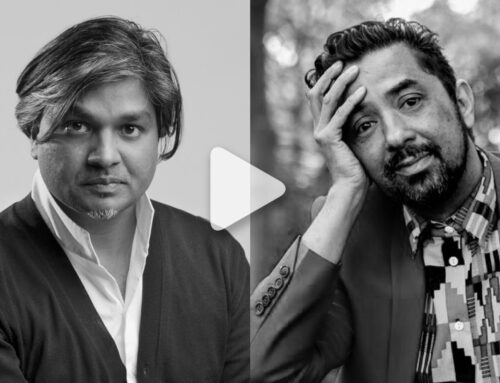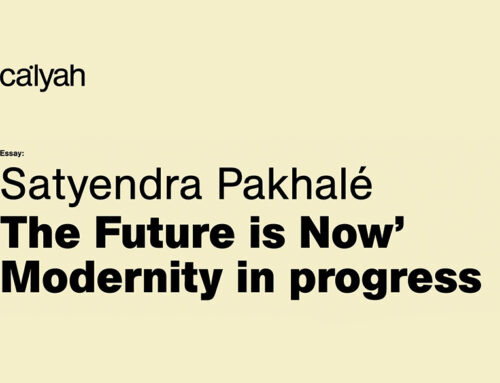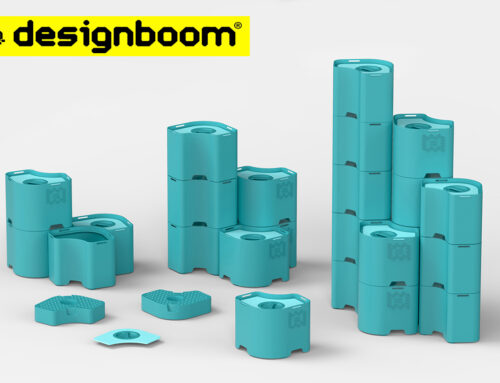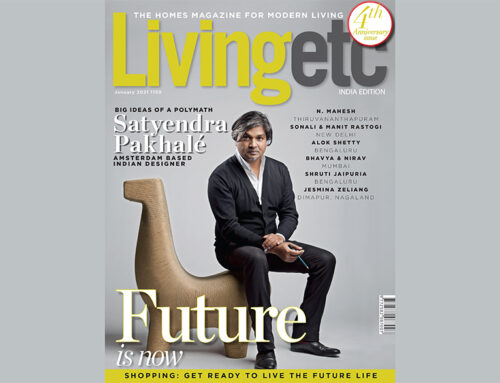Satyendra Pakhale is fascinated by cultures. nicky lobo gets an insight into how they have shaped this Indian- born designer’s humanist philosophy.
Satyendra Pakhale’s culture obsession is not surprising. Born in India, where he gained a degree in Engineering and Master of Design, Satyendra also studied Advanced Product Design at Art Centre in Switzerland before setting up in Amsterdam in 1998. The eponymous practice, Satyendra Pakhale, works across a diverse range of projects including industrial design, communication, exhibition and architecture, collaborating with impressive clients such as Alessi, Alcantara, Cappellini, Magis, Moroso, Offecct and Tubes.
Although he travels often to India to work on specific projects, Satyendra has a refreshing take on an obvious assumption: that his heritage influences his creative work. “The simplistic answer is that wherever you grow up, that place cultivates and shapes your foundation. I am Indian, I grew up Indian, but I’m also very open and looking at the world in a refreshing way. I find [nationality and Nationalism] a bit of an outdated way of looking at the world,” he shares.
Satyendra, the person, is quite considered. He is incredibly disciplined in communication,
and linguistics comes up in conversation more than once. He builds on thoughts incrementally, developing them like one of his products – “I spend tremendous time working on materials and experimenting with several forms to come out with a consistent vocabulary, almost a grammar” (yet another linguistic reference).
After his studies and a stint with Philips Design in the early 1990s, Satyendra travelled to a remote area of India to work with local tribes. It might seem a backwards move given his successful jump into a major global company, but he wanted to understand the “genesis of the creative urge in human beings,” without the constructs of marketing or industry – an exploration into the very essence of design.
While a lifelong study into different cultures shows they each have a unique approach to making things, Satyendra believes human expression is universal, in a design sense as well as in a wider cultural sense. He points out that with music, “sometimes you don’t understand the lyrics, you don’t know the language, but you respond to it,”.
Humanism is Satyendra’s philosophy. He references filmmakers Akira Kuwusawa in Japan and Satay Jiteray in India, who “deal with local issues but ended up having a universal appeal.” You get the feeling that’s exactly what he tries to achieve through his projects, whether it be a piece of furniture, a fitting, or a display.
The highly recognised Fish Chair for Cappellini, for example, and the limited edition B.M Horse Chair both have iconic forms that invite the user to touch with their sensorial qualities, evoking emotion and a “totemic memory”. Complementing this belief in universal expression, Satyendra also urges a cultivation of “our own way of doing things, a diversity, just like biodiversity. That’s crucial for our development as humanity”.
With projects spanning designing, consulting, exhibiting, judging and lecturing, home for Satyendra is a refuge, “almost like a cocoon”. When asked what his favourite piece at home is, he wryly suggests “the bed”.
Satyendra’s creative mission – or lack of – is just as simple. He wants to “continue to create from object to architecture and beyond in an utmost human manner.” A very basic, yet noble quest in today’s celebrity world of design.
There is a delicate balance in Satyendra’s creative approach between pragmatic and philosophical, functional and experiential. But along with these conscious constructions, emotion or instinct is a strong driving force – “It should feel right,” he believes. After years of study and practise, perhaps that time spent with the tribal craftsman has been the most intrinsic experience to Satyendra’s ongoing, and very human, design journey.
“Satyendra believes human expression is universal, in a design sense as well as in a wider cultural sense.”
